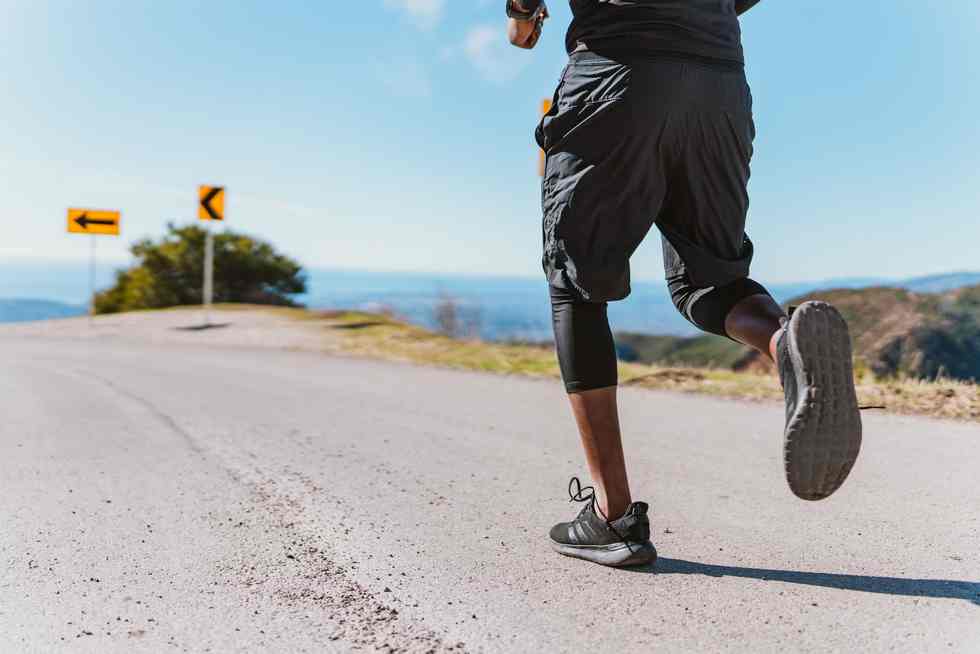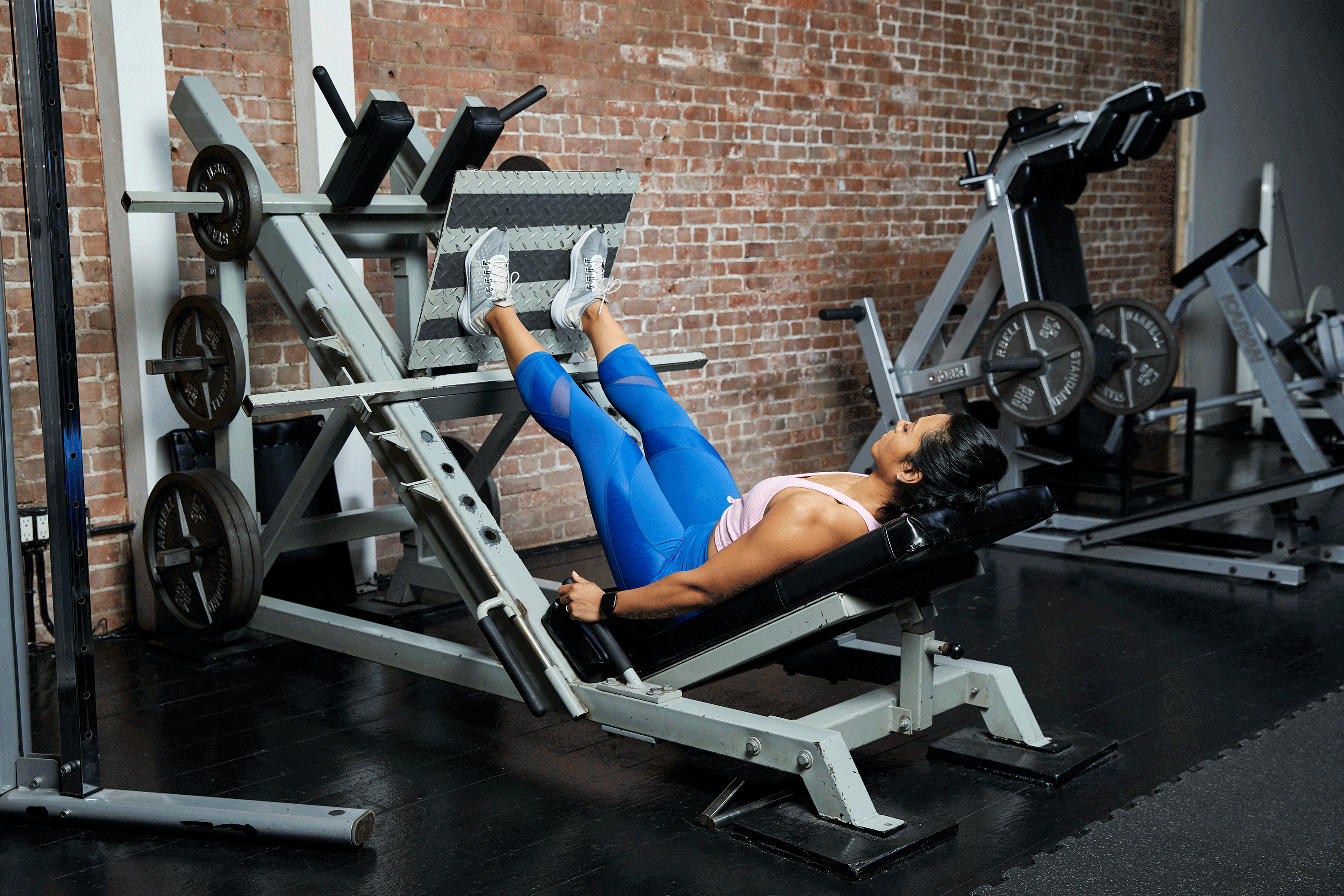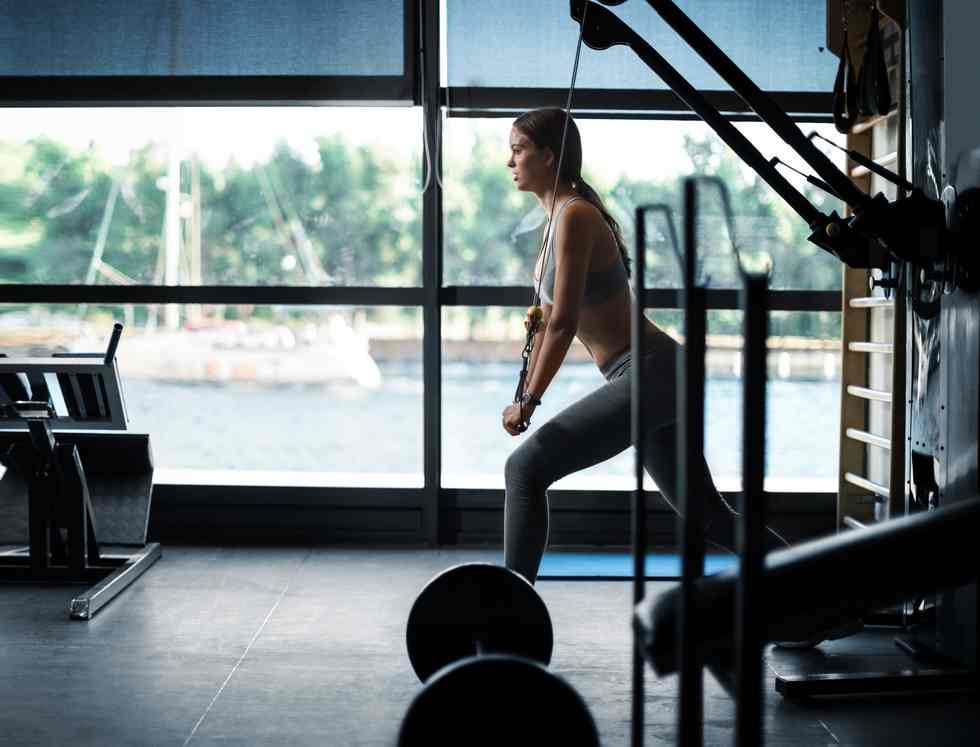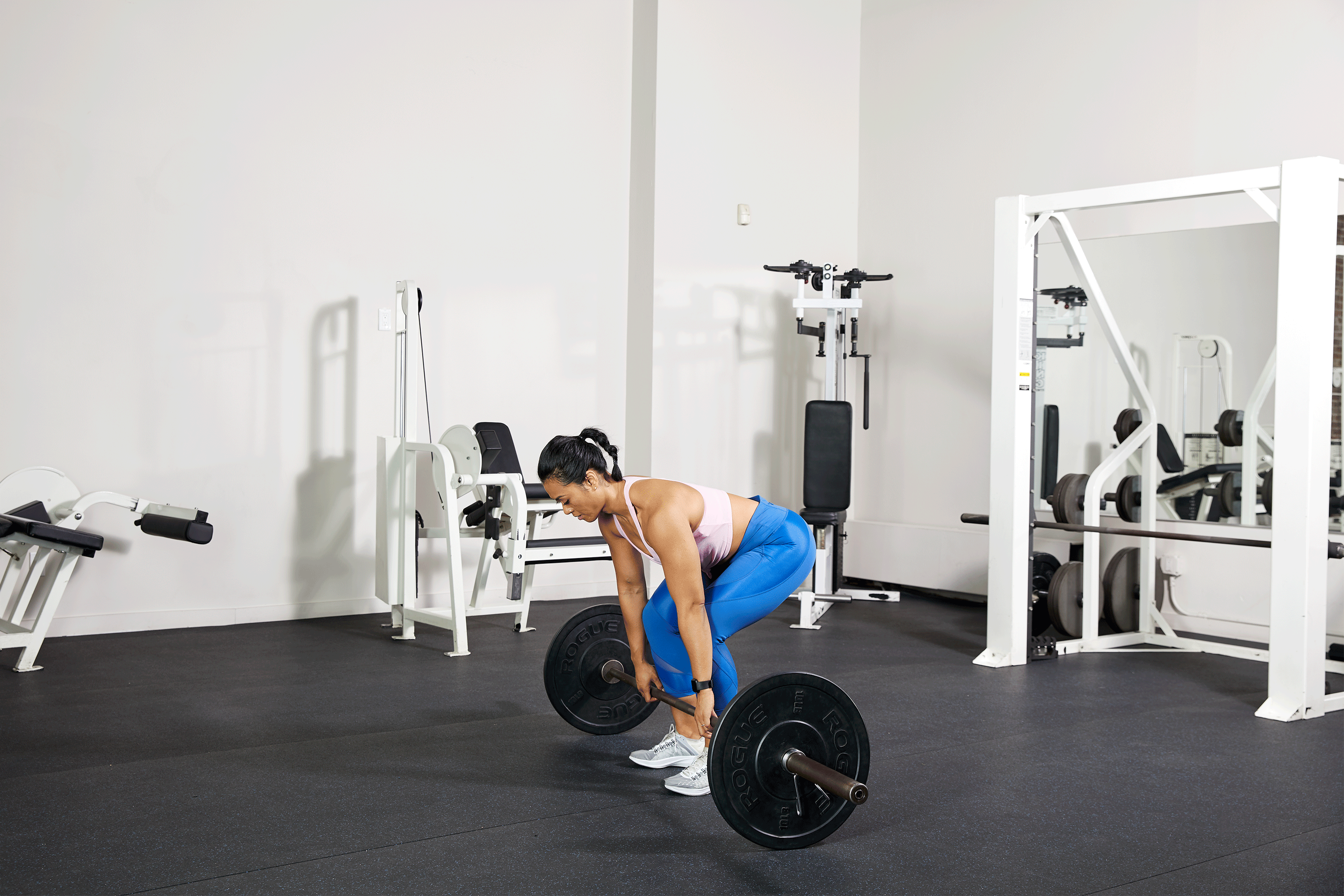
All runners have their very own type, stride, and footstrike. Whereas there are some common tips to observe for correct working type, the place your ft hit the bottom is usually a matter of private choice.
There isn’t a definitive reply for which footstrike is greatest, however there are arguments each in favor of and in opposition to every approach. In case your present footstrike is working for you, there isn’t a strong purpose to alter it. Nonetheless, if you’re experiencing shin splints or different issues, it’s possible you’ll wish to think about attempting a unique approach. This is a more in-depth have a look at the footstrike debate.
Forefoot Working
In case you are a heel striker—the sample of footstrike favored by the vast majority of elite runners—you could have heard newer recommendation that minimalist and barefoot working patterns favor touchdown on the ball or toes of the foot, also called the forefoot.
Whereas analysis on this area remains to be ongoing, numerous research report the advantages of touchdown first on the center or entrance of your ft when working after which rolling by means of the toes.
Proponents of forefoot working declare that this method enhances ahead momentum in comparison with heel putting and locations much less stress on the knees. Certainly, some analysis reveals an affiliation between forefoot working and a lowered threat for running-related accidents.
However working in your toes can even result in bouncing, which is an inefficient method to run. And a few research point out a possible for repetitive stress accidents to the foot from utilizing this method.
It is price noting that historically, trainers had an elevated heel-to-toe drop to assist information the foot into putting midfoot. However the rise in minimalist and low heel-to-toe drop footwear signifies that this design is not the usual.
Midfoot Strike
The midfoot strike working sample lands on the mid-sole of the foot. Proponents of midfoot working say that this method helps with shock absorption, lessening the impression on the joints.
In comparison with heel putting, midfoot working shortens the period of time the foot is making contact with the bottom, which may assist to hurry up the tempo.
However this model isn’t applicable for everybody and should really feel uncomfortable and unnatural to some runners. Some analysis means that each midfoot and forefront working can probably improve the chance of accidents to the ankle, foot, and Achilles tendon.
Heel Putting
The heel putting approach is strictly because it sounds—the heel hits the bottom first adopted by the mid-sole and toes.
Most runners use a rearfoot strike as a result of it usually feels extra pure in comparison with forefoot or midfoot working. Heel putting additionally stretches and strengthens the calf muscle groups and ankles.
Nonetheless, putting with the rear foot could make some runners extra susceptible to overstriding, which may result in ache or damage within the knees and hips. The ankles and knees soak up a lot of the impression, which is why it’s essential to make sure you’re outfitted with the best footwear. Touchdown in your heels may trigger extra stress in your decrease legs, which may result in shin splints.
Some folks argue that heel putting leads to a slower tempo in comparison with forefoot or midfoot putting.
Ideas for Avoiding and Treating Shin Splints
Easy methods to Change Your Footstrike
Many individuals suppose that altering their footstrike could enhance their working economic system or cut back the chance of running-related accidents. Nonetheless, analysis says that these advantages haven’t been confirmed.
For example, a 2017 assessment revealed within the Journal of Sport and Well being Science decided that switching to a midfoot or forefoot strike didn’t have a big impact on bettering working velocity or effectivity, lessening the impression of foot-ground contact, or lowering the chance of damage.
So in case your present footstrike hasn’t resulted in any accidents or poor efficiency, then there’s most likely no purpose to alter it. Nonetheless, if you’re forefoot working or heel putting, it’s possible you’ll be all in favour of giving a midfoot strike a strive. Whilst you cannot change your footstrike in a single day, listed here are some ideas that will help you steadily make the shift.
Discover Your Footstrike Sample
To find out what kind of foot striker you’re, it is best to take a video of your self working, as one research discovered that solely 68% of runners have been capable of precisely report their footstrike sample.
Analysis research at marathons have discovered that almost all of shoe-wearing runners are heel-strikers. In the meantime, quite a few research recommend that barefoot runners are likely to strike with the forefoot to stop damage, whereas different analysis states that some conventional barefoot runners have been really rearfoot strikers. Your footstrike sample is exclusive to you.
Concentrate on Your Stride
Watch out that you simply’re not overstriding. Just be sure you do not lunge ahead together with your ft. Concentrate on touchdown on the mid-sole of your foot, together with your foot straight beneath your physique with each step. A brief, low arm swing is the important thing to maintaining your stride quick and near the bottom.
Apply Barefoot Working
Many individuals will naturally land mid-sole when working barefoot. Apply working on carpet, grass, or turf with no footwear for brief intervals of time, so your physique can discover its pure stride. Begin with 30 seconds at first and work your approach as much as a minute or extra.
Do not run barefoot on a regular basis because it may result in damage. However working quick intervals on a comfortable, protected floor permits you to apply midfoot touchdown.
Strive Drills
Working drills equivalent to butt kicks, skipping, excessive knees, working backward, or aspect shuffles are one other nice method to apply midfoot touchdown. While you do any of these drills, it’s inconceivable to land in your heels. So, the extra you apply them, the extra you’ll be accustomed to touchdown on the entrance a part of your foot versus your heel.
You are able to do working drills as a part of your pre-run warm-up or work them into your run. For instance, you can intersperse 30-second intervals of excessive knees or backward working each 4–5 minutes throughout a 30-minute run.
Construct Dash Efficiency With a Pace Drill Exercise
Experiment Throughout Brief Runs
Apply altering your footstrike throughout shorter runs at first, after which work your approach as much as doing it throughout longer runs. Keep in mind to be affected person together with your progress, because it may take months of apply earlier than you are capable of run that approach persistently.
How Dorsiflexion Optimizes Your Working










